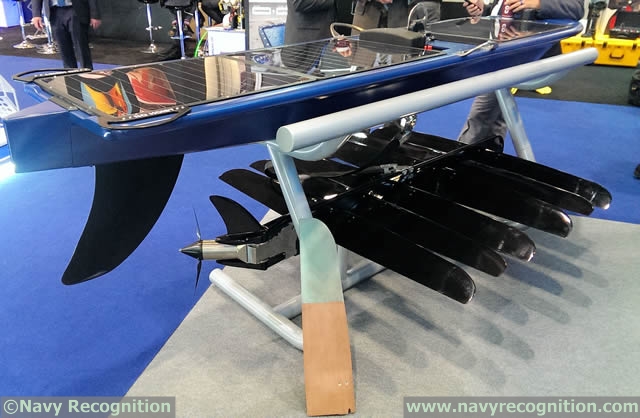|
|
|||
|
Our video coverage on Next Generation Wave Glider at DSEI 2017
|
|||
|
|
|||
|
“As we prepared for our deployment in the Southern Ocean, one of the most inhospitable ocean regions on the planet, it was clear that a successful mission required the next generation Wave Glider enhancements to provide reliable operations across the full spectrum of high seas we would encounter,” said Dr. Eric Terrill of the Scripps Institution of Oceanography. "We’ve worked with early versions of this platform off the coast of Iceland for an extreme seas study, and the WaveGlider performed admirably even in seas in excess of 10meters (sea state 9), so we knew for peace of mind, our Southern Ocean project would require a similar configuration.”
For existing customers, an upgrade kit has been developed to expand the capabilities of their existing Wave Glider to match those of the new platform. All sensor integration validated on the current platform is compatible with the new system without new certification. General availability for this new version is October 2017. |
|||
DSEI 2017: Liquid Robotics Announced Next Generation of the Wave Glider USV
- Posted On











